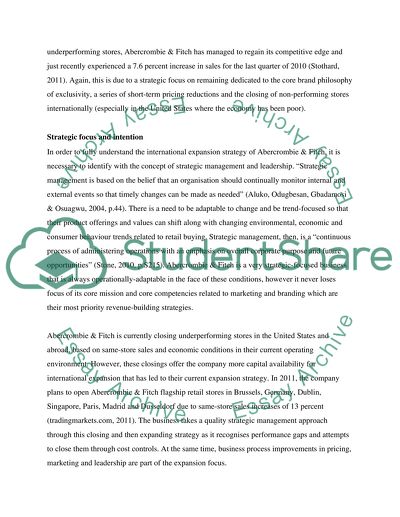Cite this document
(“Critically examine the international expansion strategy for an Essay”, n.d.)
Retrieved from https://studentshare.org/environmental-studies/1411626-critically-examine-the-international-expansion
Retrieved from https://studentshare.org/environmental-studies/1411626-critically-examine-the-international-expansion
(Critically Examine the International Expansion Strategy for an Essay)
https://studentshare.org/environmental-studies/1411626-critically-examine-the-international-expansion.
https://studentshare.org/environmental-studies/1411626-critically-examine-the-international-expansion.
“Critically Examine the International Expansion Strategy for an Essay”, n.d. https://studentshare.org/environmental-studies/1411626-critically-examine-the-international-expansion.


